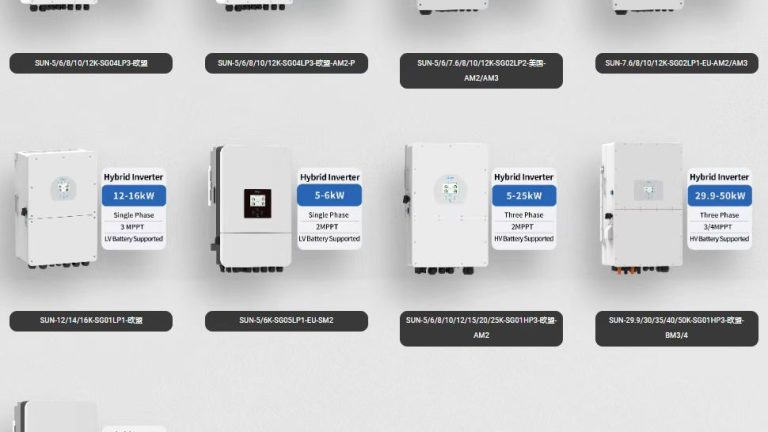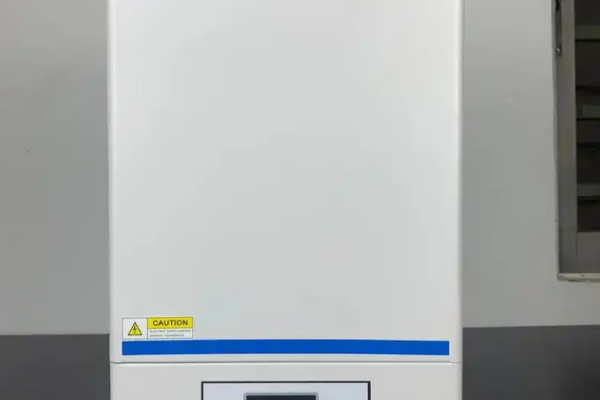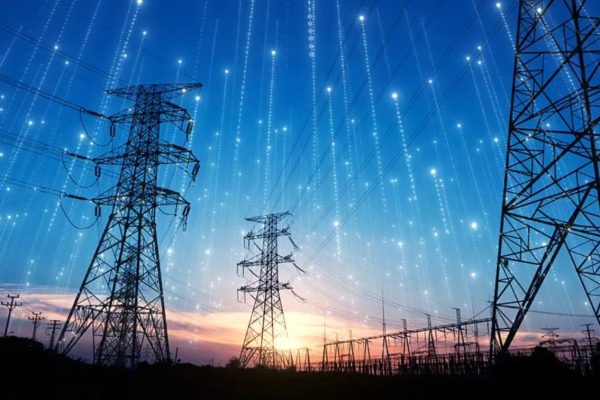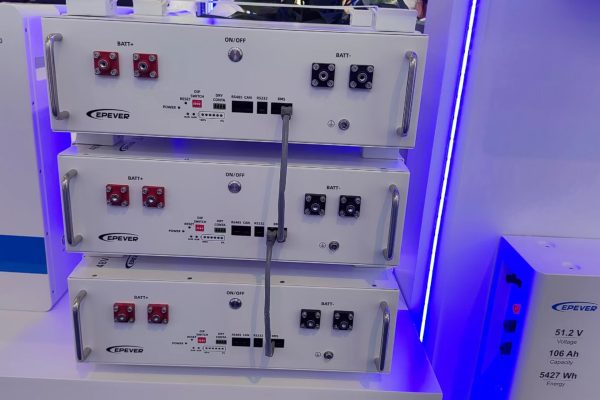Why “Where You Install” Matters as Much as “What You Install”
When selecting an inverter for solar or storage projects—especially in residential and small commercial systems—buyers often focus on specs like efficiency, MPPT range, or hybrid functionality.
But one of the most overlooked factors is IP rating—and how it matches the real-world environment where the inverter will operate.
This article walks through:
- What the IP rating actually means
- How to assess placement risks
- Which environments require higher protection
- Common mistakes in field installation
- How to balance cost vs. protection level
1. What Is an IP Rating?
IP (Ingress Protection) is an international standard (IEC 60529) that rates how well an electrical enclosure resists intrusion from solids and liquids.
It’s expressed as IPXY, where:
- X = protection against solid particles (dust, sand, insects)
- Y = protection against water (spray, immersion, pressure jets)
| IP Rating | Solid Protection | Water Protection |
|---|---|---|
| IP20 | Fingers, large tools | No water protection |
| IP54 | Dust-limited ingress | Water splashes from any direction |
| IP65 | Dust-tight | Water jets from a nozzle |
| IP66 | Dust-tight | High-pressure water jets |
| IP67 | Dust-tight | Temporary immersion in water |
👉 Rule of thumb: Outdoor inverters should be IP65 or higher.
2. Why IP Rating Directly Affects System Reliability
Poor enclosure protection is one of the top causes of inverter failure in outdoor environments.
Typical risks include:
- Humidity ingress triggering corrosion or shorts
- Dust buildup on PCB or heat sinks
- Insect intrusion causing internal faults
- Rain splashback in wall-mounted installations
- Salt mist corrosion in coastal areas
If the inverter isn’t properly rated for the real-world conditions, expect early failure, derating, or even fire risks.
3. Match the IP Rating to the Environment
Different project locations require different protection strategies. Here’s a quick guide:
| Environment | Minimum Recommended IP | Notes |
|---|---|---|
| Indoor utility room | IP20–IP30 | Adequate ventilation still required |
| Garage / sheltered porch | IP54 | Avoid water dripping from roof |
| Outdoor (temperate) | IP65 | Watch for insects, rain splash |
| Outdoor (rain-prone) | IP66 | Add sun/rain shield if possible |
| Coastal | IP66 + anti-corrosion coating | Salt fog highly corrosive |
| Desert / dusty site | IP65–66 | Dust filters may be needed |
| Farms / agriculture | IP66 | Exposure to mud, insects, chemicals |
| Mobile systems (vans, trailers) | IP67 preferred | Vibration and shock resistant enclosure |
Tip: If unsure, go one level higher. IP66 is safer than IP54, and the cost difference is often small compared to potential replacement cost.
4. Key Questions to Ask Before Choosing Inverter Placement
As a project buyer or system integrator, you need to guide your customer through a few basic checks:
- Will the inverter be indoors or outdoors?
- Is the wall sheltered from direct sun or rain?
- What’s the local humidity and dust level?
- Is there a risk of rodent or insect intrusion?
- Will water accumulate on the floor or near the unit?
- Is there a corrosive environment (e.g., farm ammonia, salt air)?
The goal is to choose both the right IP rating and the right mounting position.
5. Don’t Rely on IP Rating Alone — Consider Mounting Practices
Even an IP66 inverter can fail if installed incorrectly.
Best Practices:
✅ Vertical wall mount only — avoid horizontal positioning
✅ Clear gap below unit — prevents water splashback
✅ Keep above floodline — 0.5–1m from ground recommended
✅ Avoid tight enclosures without ventilation
✅ Avoid direct sunlight — consider shading
✅ Use conduit glands or IP-rated cable entries
Common Mistakes:
❌ Mounting inverter below water line
❌ Using open holes or DIY-drilled cable entries
❌ Facing air vents toward prevailing rain wind
❌ Ignoring corrosion risks in farms or coasts
6. How IP Rating Affects Inverter Selection Cost
Higher IP ratings do increase manufacturing cost — but modestly.
For example:
- IP20 indoor inverters are often $30–$50 cheaper than IP65 versions
- Adding a waterproof enclosure for an IP20 unit can cost $100+
- IP67 inverters for mobile or marine use are premium but durable
💡 So while cost is a factor, choosing the right IP rating from the start is often cheaper than trying to “fix” a wrong installation later.
7. Label vs. Reality: Don’t Trust IP Rating Blindly
Some low-quality manufacturers may:
- Claim IP65 without actual enclosure testing
- Skip gasket checks or use low-grade seals
- Avoid pressure testing or immersion testing
If you’re a technical buyer, ask for:
- Third-party IP test reports (e.g., from TÜV, SGS, Intertek)
- Internal QA documentation showing IP test procedure
- Photos of rubber gasket, sealant, or pressure valve used
For critical projects (e.g., schools, resorts, government sites), choose brands with traceable IP verification.
8. Tips for Technical Traders Advising End Users
Your role includes helping clients understand trade-offs:
- “You can save $50 with an indoor-only inverter, but need a waterproof cabinet.”
- “In your humid farm environment, a higher IP-rated inverter will reduce service calls.”
- “Let’s check the wall orientation—you don’t want it catching rain splash.”
Clients don’t need to know what IP66 means — they need to know why it matters for reliability.
📌 Consider adding an IP compatibility checklist to your quote or proposal.
Summary: IP Rating Is Not Just a Label—It’s a Design Decision
Choosing the right inverter involves more than power ratings or software compatibility.
Environmental protection is critical.
- Match the inverter IP rating to the expected exposure
- Validate the claim with supplier documentation
- Ensure correct mounting practices
- Guide clients through trade-offs with practical language
- Default to higher IP where uncertainty exists
As a technical trade partner, your advice protects the project from costly, preventable failures.









